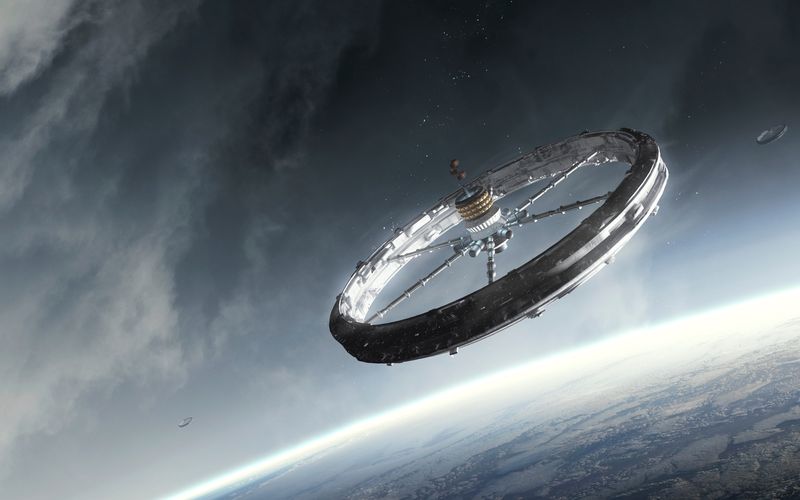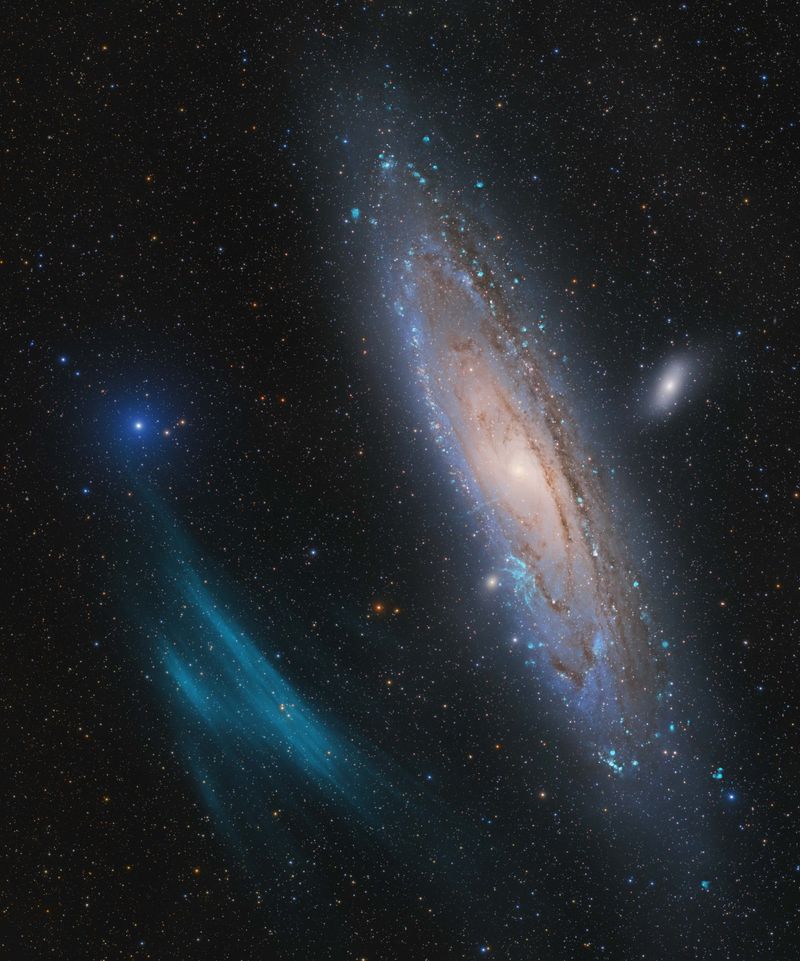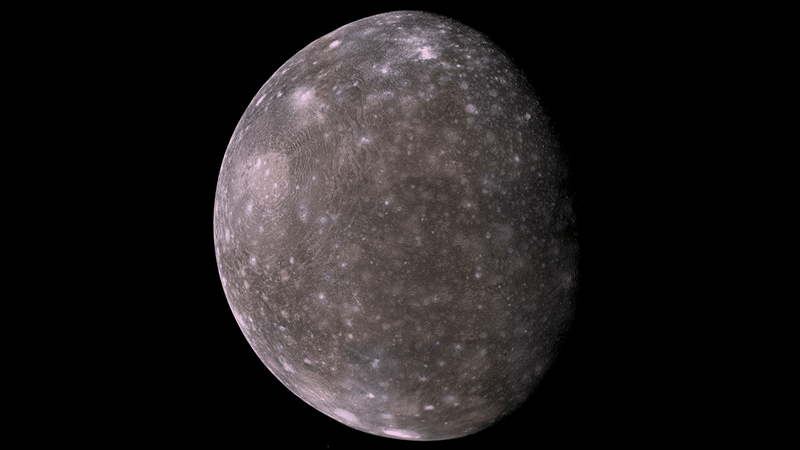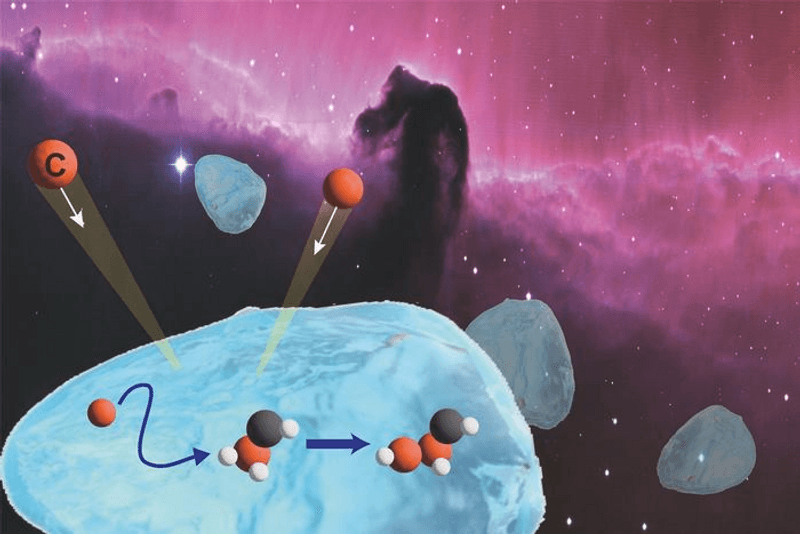Building a large space station, where hundreds of thousands of people, if not more, could live, would not be easy. You would need a lot of material and even when built, your inhabitants would have to deal with two major health issues: the effects of low gravity on their bodies and a lot of cosmic radiation. A new, non-peer-reviewed paper has a bold solution to these problems: build the space station inside an asteroid and get it spinning.
The approach is proposed by David W. Jensen, a retired Technical Fellow at Rockwell Collins, and it gives a pretty detailed view of what would be needed to build it. Very importantly, by using self-replicating robots, the asteroid would be turned into a space station in just 12 years and for as (relatively) little as $4.1 billion. That is a modest sum when it comes to ambitious space projects – and this is certainly ambitious.
Let’s ignore the robotic requirements for the moment. The first step for Jensen was to find a suitable asteroid that could be turned into a space station. He selected asteroid Atira. This is a Near-Earth Object that never crosses the orbit of our planet. It is 4.8 kilometers (3 miles) across and made of stone. It even has a moon, a secondary object of about 1 kilometer (0.6 miles).
The idea would be to use the material on the asteroid to build everything, including solar panels and the station itself. Jensen settled for a torus structure, so shaped like a donut. The exterior edge of the donut would provide protection from several dangers, from radiation to micrometeorites, while multiple levels could be built on the inside to maximize habitability.
Atira rotates every 3.4 hours but this would need to be considerably accelerated in order to provide near-Earth gravity to the inhabitants of this ringed station. With a radius of just over 2.1 kilometers (1.3 miles), it would have to complete one rotation every 105 seconds.
Now the cost and the timescale are rough figures but they come from the crucial robotic detail: sending robots that can build every component of the space station from habitable modules to solar cells using materials found on the asteroid. This would include other robots so that the original group sent would be as small as possible.
Once done, these robots might easily move to other asteroids, starting the restructuring process anew.
People have been dreaming of this since Konstantin Tsiolkovsky in 1903. Plans are not always practical but this idea is certainly a step closer to what could be achieved.
The non-peer-reviewed paper is available at arXiv.
[H/T: Universe Today]




